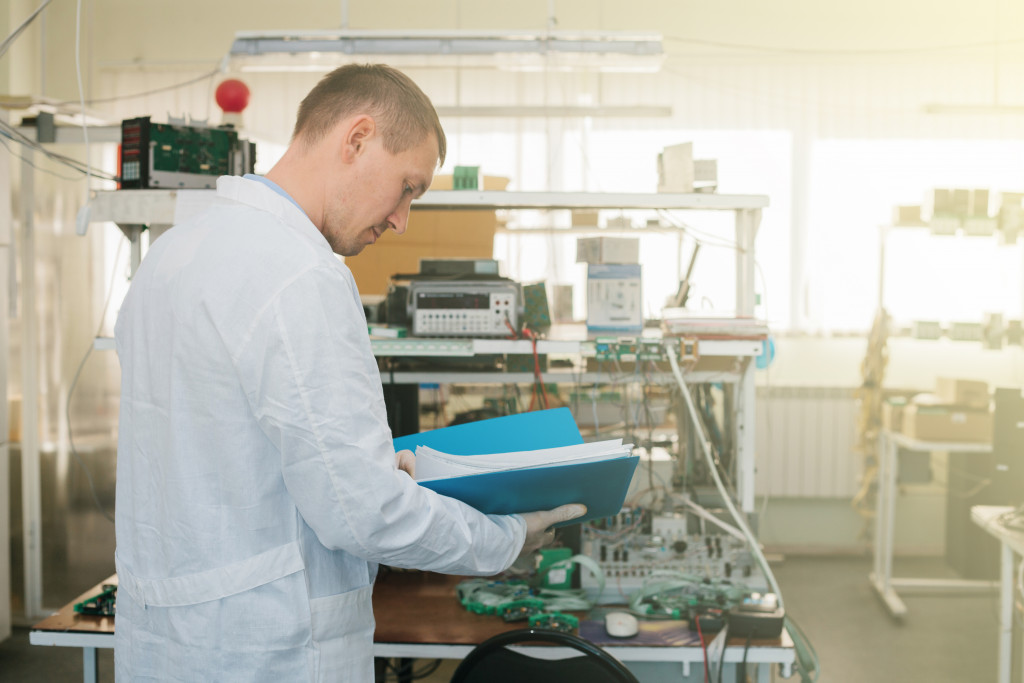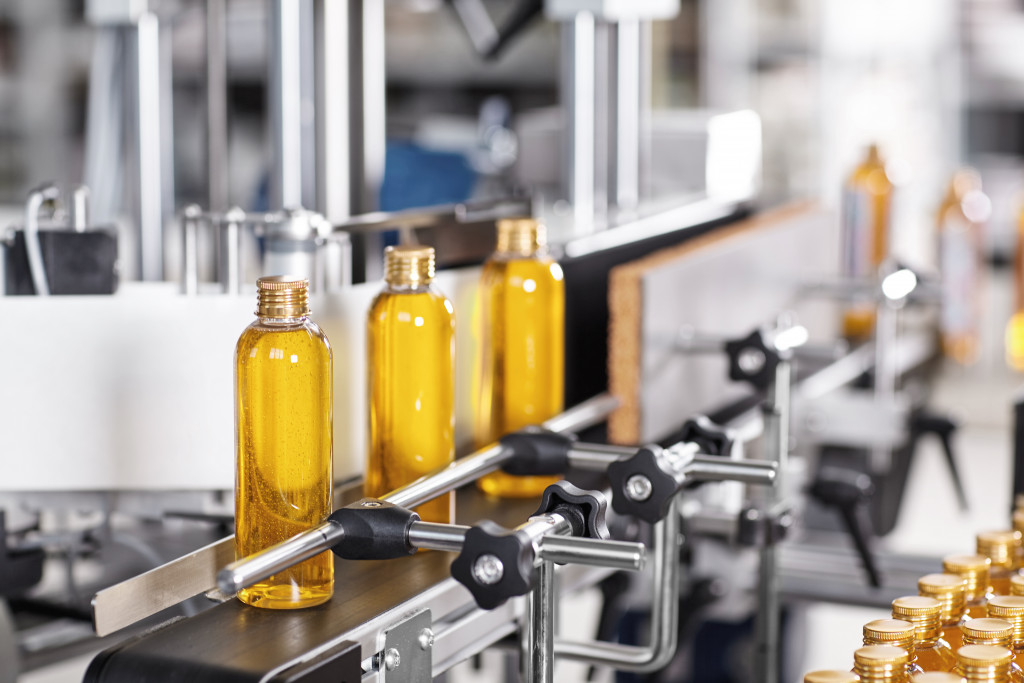The manufacturing sector is continuously evolving. New technologies and processes are being developed to increase efficiency, reduce costs, and improve quality. As a result, it can take time to keep up with the latest trends.
However, it’s essential to be aware of the significant changes in the manufacturing industry to make informed decisions about your business. Here are some of the most crucial manufacturing trends to remember for the years ahead.
Employee Safety Is Still a Priority
Employees have always been a priority in the manufacturing industry. Still, recent years have seen a renewed focus on this issue. According to the Centers for Disease Control and Prevention, the manufacturing sector is responsible for 8 percent of workplace fatalities, which means keeping workers safe is essential.
Luckily, new technologies and processes have made it easier to monitor employee safety and address potential risks before they result in accidents or injuries. In addition, many companies now offer incentives for employees to report unsafe conditions or practices.
As a result of these initiatives, employee safety will likely continue to be a primary focus for manufacturers in the coming years. Thus, investing in safety-enhancing technologies and processes will be essential to maintaining a successful business.
Smart Manufacturing Is On The Rise
Also known as Industry 4.0, smart manufacturing is revolutionizing how manufacturers produce their goods. This technology uses sensors, robotics, and automation to monitor equipment and streamline processes. With smart manufacturing, manufacturers can reduce downtime and improve quality control.
Additionally, this technology allows manufacturers to collect and analyze data related to production processes, which can lead to improved efficiency. Smart manufacturing is becoming increasingly popular, so staying ahead of the curve and investing in the latest technologies is crucial for businesses to remain competitive.
The Growing Demand For Sustainable Manufacturing
In recent years, sustainability has become an increasingly important issue for manufacturers. Consumers want to buy products from companies that are making an effort to reduce their environmental impact, which has led to a growing demand for sustainable manufacturing practices.
Sustainable manufacturing can also reduce costs in the long run and help businesses maintain their competitive edge. It involves using energy-efficient technologies and processes, such as recycling and reusing materials to minimize waste and maximize resource usage. Many companies also use renewable energy sources and green technologies to reduce their carbon footprint.
Ultimately, manufacturers embracing sustainable practices will be better positioned to profit in the future.
Quality Standards Are More Strict
Standards have always been necessary for the manufacturing industry, but they are becoming even more strict as consumers become more demanding. In order to meet these higher standards, manufacturers must invest in quality control procedures and equipment.
Many manufacturers now work with third-party organizations to certify that their products meet the highest quality standards. For instance, the American Society of Mechanical Engineers: Bioprocessing Equipment (ASME BPE) is a widely recognized certification for high-end manufacturing processes in the biopharmaceutical industry. It involves a comprehensive review of materials, design, fabrication, and testing procedures. Passing the ASME BPE standard is a sign of exceptional quality and can help manufacturers gain the trust of their customers.
Other quality certifications are also available depending on the type of product or process. Nonetheless, by investing in quality control technologies and procedures, manufacturers can ensure that their products meet the highest standards.

Predictive Maintenance Eliminates Downtime
This type of maintenance schedule is a relatively new concept quickly gaining traction in the manufacturing industry. This approach uses data collected by sensors to identify potential issues before they cause problems. Predictive maintenance can significantly improve efficiency and reduce costs by addressing potential issues before they result in downtime.
One example of predictive maintenance is thermal imaging, which uses infrared cameras to detect temperature changes in equipment. This imaging enables technicians to identify problems before they happen and take preventive measures to avoid costly repairs.
Many manufacturers are already using predictive maintenance techniques, and the trend will likely grow in popularity in the coming years. By investing in this technology, businesses can ensure their processes run smoothly and efficiently.
Overall, the manufacturing industry is always changing and evolving. It is important for businesses to stay up-to-date with the latest technologies and trends to remain competitive. The above are just a few of the many changes that are taking place in the industry, and businesses should consider investing in these technologies to stay ahead. Doing so can position themselves as leaders in their field and maintain a competitive edge. With these advancements, manufacturers will be well-equipped to take on the challenges of the future.
